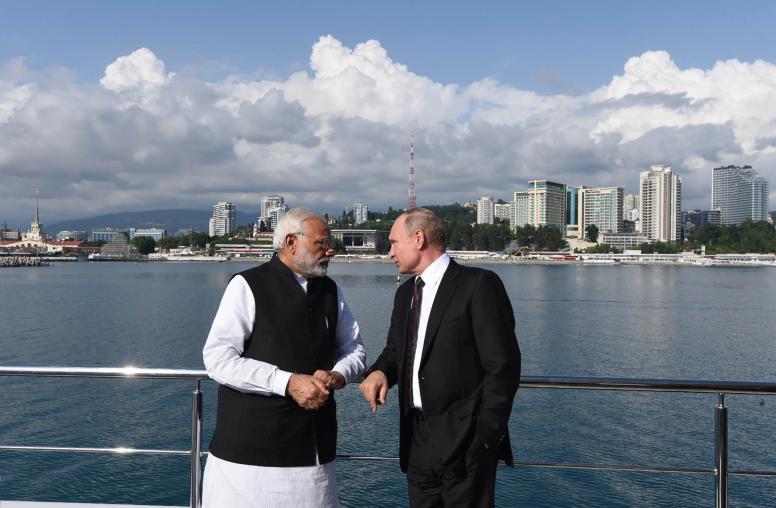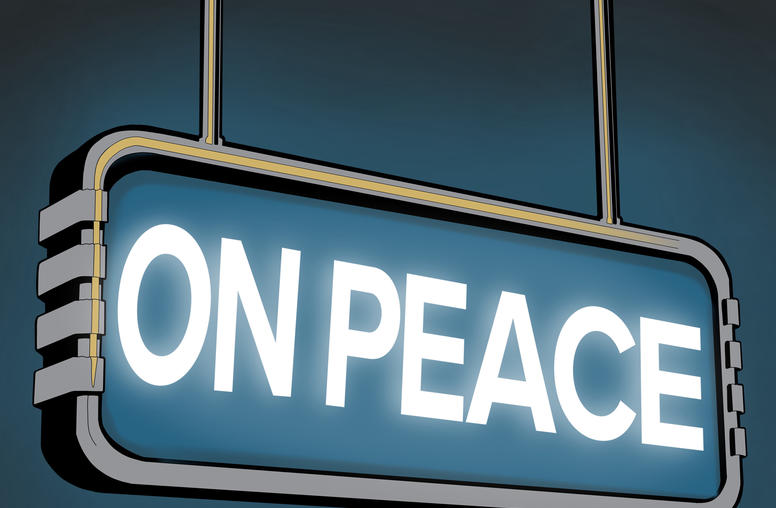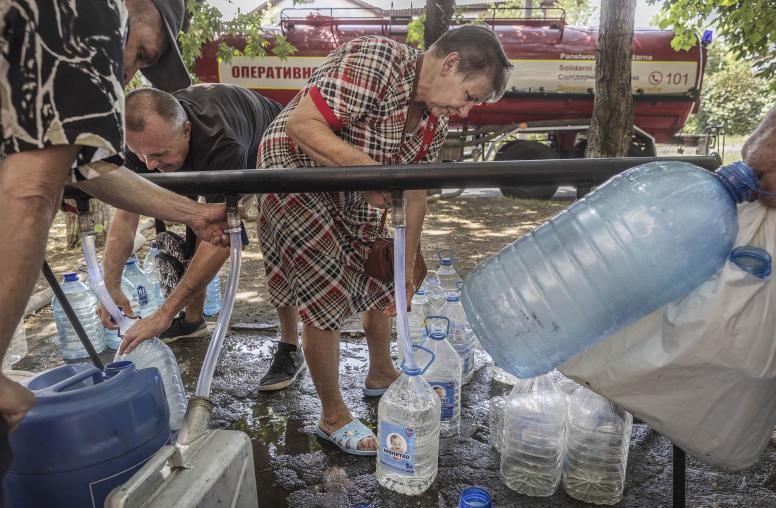In a Ukraine fighting not only a war in its East but also a second battle against corruption, civic leader activist Taras Shevchenko talks of the need for a “sandwich effect.” Only Ukrainians can solve their own problems, he says. But as the country’s civil society pushes for reforms inside, they would benefit from the international community to exert its own forms of pressure from outside. Ukraine illustrates how civic initiatives and external efforts need to reinforce each other to reduce graft, improve governance and build trust between citizens and the state, even in violent conflict environments.

“It’s important to have joint pressure of civil society and international institutions,” said Shevchenko, executive director of the Centre for Democracy and Rule of Law in Ukraine and former co-chair of the Reanimation Package of Reforms coalition of civic groups. The coalition stemmed from the idea of proposing a “positive agenda” during the 2014 Revolution of Dignity, when citizens protested corruption and impunity, he told USIP in a discussion on Oct. 23. The package laid out actions that could be taken toward reform.
To strengthen Ukraine amid a stalled peace process, international players including the U.S., the European Union and the Organization for Economic Cooperation and Development are pressing for reforms.
Mobilizing Citizens Against Corruption
Understanding is growing in international and civic circles of how corruption fuels and perpetuates violent conflict and possible ways to reduce both. In Burkina Faso, the youth group Balai Citoyen (Citizen’s Broom) used public street cleanings and other nonviolent tactics to mobilize citizens against corruption. The result prevented the president from amending the constitution to seek a fifth term. Balai Citoyen is now channeling civic energy to build transparency and accountability in Burkina Faso’s state institutions; in that case, the outside assistance includes USIP’s Justice and Security Dialogue process. A new documentary, Saaba, traces personal stories of residents and police who are cooperating to improve security in their community, in a region rife with extremist violence and other security threats.
“For us, it was important to have a partner like USIP to see how we could work together and come up with ways to rebuild that trust between the security forces and the people,” said Idrissa Barry, coordinating committee member for Balai Citoyen, speaking at the Oct. 23 event.
Challenging Impunity
In Guatemala, in the wake of 36 years of internal armed struggle, a civil society proposal led to the government working with international partners to establish the International Commission Against Impunity in Guatemala (CICIG), which investigates organized crime and corruption. A probe into a grand corruption ring spurred Lucía Mendizábal, founder of the 2015 RenunciaYa (Resign Now) movement, to action even though a culture of silence pervaded society.
“It doesn’t matter if only four people come. I’m going to live with myself OK because I know I did something about it,” she recounted. For several months, over 100,000 citizens mobilized peacefully. This cumulative people power helped land Guatemala’s president and vice president in jail. Now, a new citizen movement, JusticiaYa (Justice Now) is underway to protect CICIG and prevent its commissioner from being expelled.
While ultimately it’s up to citizens to take responsibility for positive change, these cases and new research and scholarship demonstrate that multiple sources of pressure are essential to reducing corruption. Those benefitting from systems of corruption have vested interests to perpetuate them and will thwart reforms. Grassroots and international efforts can reinforce each other, as outside pressure supports reformers, raises the cost of corruption and alters the balance of power.



